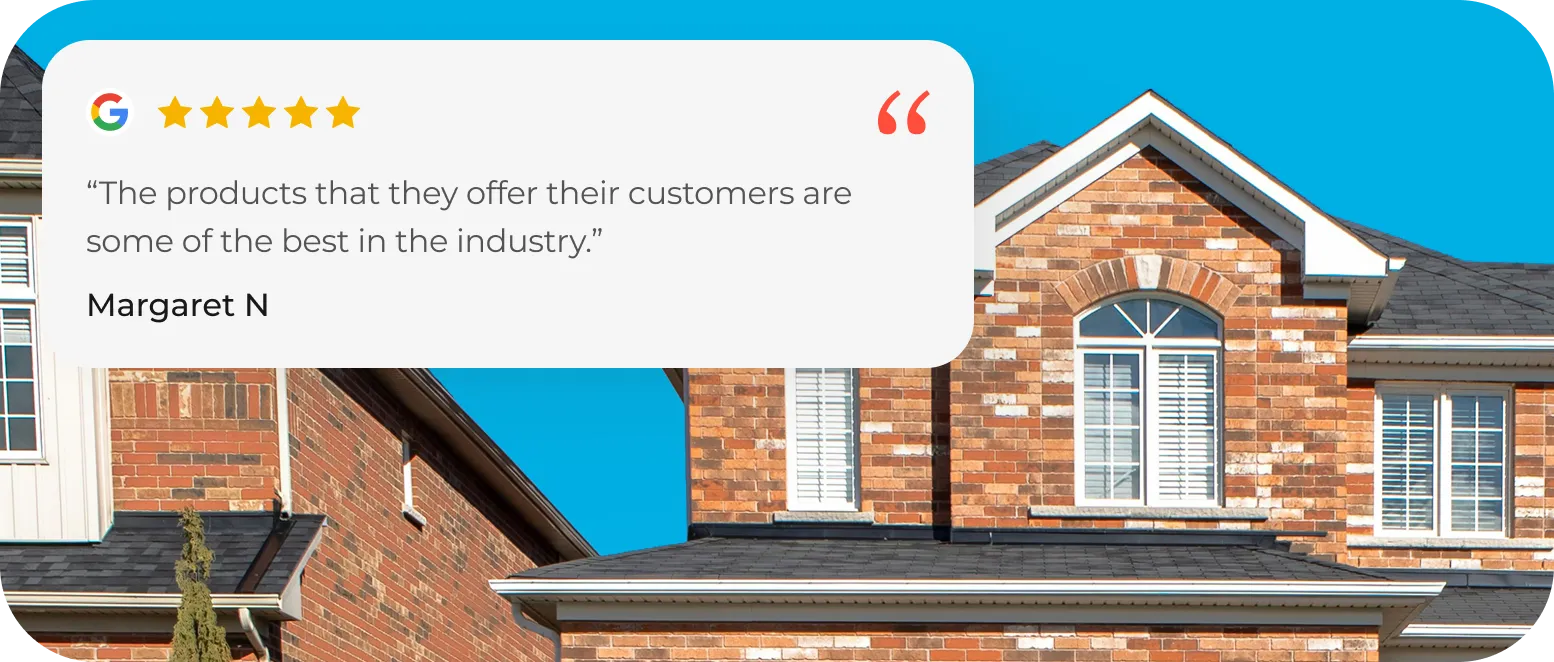Short Term Rental Loans
.webp)
Ready to purchase your next vacation rental?
We have loan solutions tailored exclusively for vacation rentals, our industry-leading STR financing removes the hassle from the qualification process. Say goodbye to the need for submitting personal income documents like W-2’s, tax returns, or paystubs. Instead, we center our attention on the subject property and its cash flow potential.
Qualifying the loan is straightforward — if the property’s short-term rental income potential equals or surpasses the proposed mortgage payment, you’re set!
.webp)
Short-Term Rentals
Short-term rentals, also referred to as vacation rentals, are furnished residences – a home, an apartment or a condo – that are rented to guests who are interested in short-term stays; anywhere between one night to one month. STR’s provide ample advantages to real estate investors, such as earning potential and flexibility. Owners can decide precisely when their property will be made available to guests, whether on a nightly, weekly or monthly basis.
Many investors purchase STR properties for the sole purpose of renting them out on sites such as Airbnb and Vrbo. Airbnb business has surged in popularity and has fostered a competitive and profitable business atmosphere. A recent study of eight major US cities discovered that, on average, STR’s ask for twice the rent than that of long-term rentals. Through STR’s, investors can make upwards of 20% more than they would on a property that is rent controlled.
STR’s are lucrative assets and are steadily gaining momentum as key stakes in our client’s investment portfolios. The vacation rental industry is a highly affordable option for short-term stays and since STR’s are generally cheaper than hotels, guests are drawn to vacation rentals as an alternative, primarily for the increased space and residential conveniences – this translates to steady occupancy rates for investors. STR owners are also in a position to charge higher rates, in comparison to LTR owners, particularly around peak periods such as holidays and popular travel times which cause spikes in occupancy rates and rental income.

Get an Estimate
Short Term Rentals
Frequently Asked Questions
Short-term rental properties are residential properties rented to guests for short stays, typically one night to several weeks, usually under 30 days. These include vacation rentals, Airbnb, VRBO, and others marketed to tourists or temporary visitors. They can be in vacation destinations, urban areas with attractions, or near business centers. Short-term rentals are furnished and often include amenities like housekeeping, Wi-Fi, and local guides. They operate more like hospitality businesses than traditional rentals, requiring active management, marketing, and guest communication. Lenders categorize these differently from long-term rentals due to their unique income patterns, higher management requirements, and potentially higher returns.
Lenders use various methods to determine income for short-term rentals, which is more complex than long-term calculations. For existing rentals, they review historical data from platforms like Airbnb or VRBO, analyzing 12-24 months of actual rental income. For new purchases, they'll order a specialized appraisal that includes a short-term rental income analysis, considering factors like location, seasonality, comparable listings, nightly rates, estimated occupancy rates, and operating expenses. Some lenders use 1007 rent schedules adjusted for short-term potential. Because income can be variable and seasonal, they are cautious, using average monthly income over a year and applying a vacancy factor of 20-40%.
Yes, short-term rental loans typically require 25-30% down payments, which is higher than long-term rentals. This reflects the higher perceived risk of short-term rentals, including income volatility, regulatory uncertainty, higher operating costs, and management complexity. Some lenders may require 30% or more for first-time investors or properties in uncertain markets. Borrowers with extensive experience, properties in established markets, strong booking histories, or excellent credit may qualify with 25% down. The higher down payment ensures adequate cash flow since short-term rentals have higher operating expenses than traditional rentals.
Short-term rental loans often have additional criteria beyond standard investment property requirements. Lenders may require confirmation that rentals are legally permitted in the property's location, as many cities and HOAs restrict or ban them. You need to provide proof of proper licensing, permits, or HOA approval. Some lenders require evidence of property management arrangements, especially for distant properties. Many require higher cash reserves (9-12 months of payments) due to income volatility. Properties must be in established markets with demonstrable demand. Insurance requirements are stricter, you'll need specialized short-term rental or commercial liability coverage instead of standard landlord insurance. Some lenders limit the number of loans to a single borrower.
If you want to convert a property with a traditional owner-occupied mortgage into a short-term rental, you'll need to refinance with a short-term rental investment loan. Most conventional mortgages have occupancy requirements stating the property must be your primary residence for at least 12 months. Using an owner-occupied property as a short-term rental without informing your lender could constitute mortgage fraud. The proper approach is to wait until you've satisfied your occupancy requirement, then refinance into a short-term rental DSCR loan or investment property loan. During refinancing, the lender will reassess the property based on its short-term rental potential rather than your personal income. Alternatively, if you are purchasing a new primary residence, you could refinance your previous home into a short-term rental loan.
.png)




.svg)